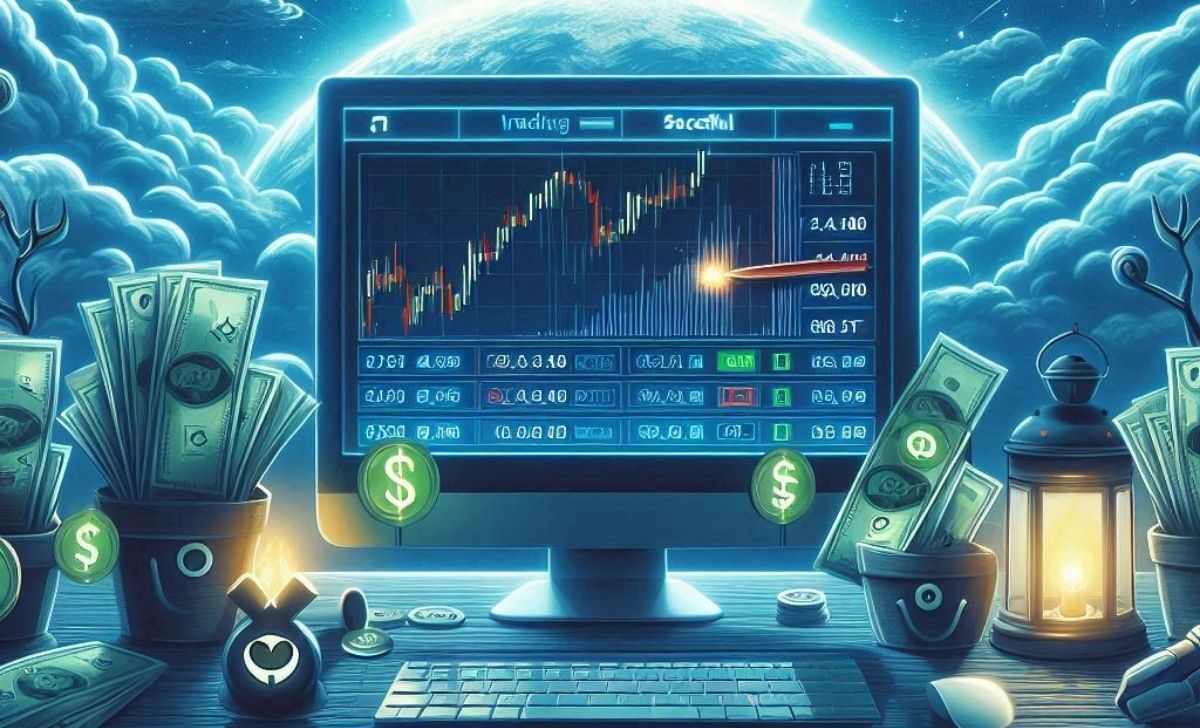Understanding XM Margin and Leverage Rules
When trading with XM, understanding margin and leverage is essential for managing your risk and maximizing potential profits. XM offers flexible leverage options, allowing traders to control larger positions with a smaller initial investment. However, while leverage can increase your potential returns, it also amplifies the risk.
In this guide, we’ll explore how margin and leverage work on XM, the critical rules traders must follow, how to manage them effectively, and common mistakes to avoid.
How Margin and Leverage Work on XM

For example, if you open a trade worth 100,000 and your leverage is 1:100, you only need to put up 1,000 as margin. The remaining $99,000 is essentially “borrowed” from the broker. This system empowers small account holders to participate in large trades, but it also means that losses (and profits) are amplified.
At XM, margin is calculated in real time and displayed clearly in the trading platform. If your free margin becomes too low, XM may issue a margin call or trigger an automatic stop out. Therefore, understanding how margin and leverage function together is essential for risk control.
XM allows leverage up to 1:1000 for smaller accounts, offering high trading power. However, this leverage is automatically adjusted based on your total account equity, which we’ll explore in the next section.
Key Rules and Requirements to Remember

Margin Call and Stop Out Levels
XM has clear rules to protect traders from going into negative balances. A margin call is triggered when the margin level (equity/margin) falls below 50%. This serves as a warning that your account is under pressure. If the margin level drops further to 20% or below, XM initiates a stop out, automatically closing open positions to prevent further losses.
These thresholds are fixed across account types and are an important part of XM’s negative balance protection policy. They help traders avoid owing money beyond their deposited funds.
Leverage Adjustment Based on Equity
XM dynamically adjusts leverage based on your account equity to reduce risk. The more funds in your account, the lower the maximum leverage allowed. As of 2025, the general rule is:
- Equity less than $20,000: leverage up to 1:1000
- Equity from 100,000: leverage up to 1:200
- Equity above $100,000: leverage up to 1:100 This scaling system ensures that larger accounts take on proportionally less risk, which aligns with best practices in institutional trading.
Instruments with Specific Leverage Limits
Not all instruments on XM offer high leverage. Certain assets, due to their volatility or regulatory restrictions, have fixed lower leverage. For example:
- Cryptocurrencies: max leverage 1:250
- Individual stocks: typically 1:10 or 1:20
- Stock indices: generally range from 1:50 to 1:200
- Commodities like gold or oil may offer up to 1:500
XM displays the leverage for each instrument on its website and trading platform. Traders should review these specifications before opening positions to ensure appropriate risk planning.
Tips for Managing Margin and Leverage Effectively
- Don’t max out your leverage. Even if XM offers 1:1000, using it all on a single trade is extremely risky. A small market move can wipe out your account.
- Always leave a margin buffer. Keep your used margin well below 100% so you have free margin to withstand volatility.
- Monitor your equity and margin level constantly. Use the MT4/MT5 terminal to track metrics like “Free Margin” and “Margin Level (%)” during trades.
- Lower your leverage in volatile markets. During major news releases or uncertain times, reduce position sizes to lower your risk exposure.
- Use stop-loss orders. These help close trades automatically at a pre-defined loss level, which prevents excessive drawdowns and protects your margin.
- Practice sound risk management. Apply the 1-2% rule (risking no more than 1-2% of your equity per trade) to manage exposure effectively.
- Start small and scale up. Begin with conservative leverage while learning the platform and expand gradually as you gain experience. These strategies will help you avoid liquidation and stay in control of your capital, especially when using margin to trade larger positions.
Common Mistakes Traders Make with XM Leverage

- Overleveraging out of greed. Just because XM offers 1:1000 leverage doesn't mean you should use it all. A 1% price move against you can result in a 100% loss if you’re overexposed.
- Ignoring the stop out level. Some traders focus only on entry and profit targets, forgetting to account for how close they are to a forced stop out, especially during drawdowns.
- Mismanaging multiple trades. Holding too many positions at once can drain your free margin and increase the likelihood of a margin call or stop out.
- Trading products without knowing their leverage caps. Opening a crypto or stock CFD trade assuming 1:500 leverage could lead to an unexpected margin shortage if the actual leverage is only 1:20.
- Not adjusting when XM reduces leverage. XM may lower leverage on weekends, holidays, or during major news events. If traders aren’t aware of these changes, they could be hit with margin calls due to insufficient collateral.
By being aware of these mistakes, traders can better prepare and avoid emotional or reckless trading habits.
Understanding how margin and leverage work on XM is not just about knowing the numbers—it’s about managing risk effectively. Their margin rules, including dynamic leverage scaling and strict stop out thresholds, are designed to protect traders from catastrophic losses. By following best practices, such as keeping a margin buffer, using stop-losses, and avoiding overleveraging, you can trade confidently and sustainably.
Contact information:
- Email: [email protected]
- Tags: Physel Qyinh, Chuyên gia bình luận game Physel Qyinh, Bình luận viên Physel Qyinh, Thể thao trực tuyến
- Hashtag: #physelqyinh #chuyengiabinhluangamephyselqyinh #binhluanvienphyselqyinh #thethaotructuyen
See more:
